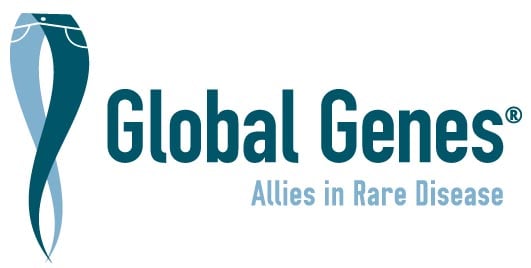Noonan syndrome-like disorder with juvenile myelomonocytic leukemia
Synonyms: CBL syndrome | Noonan syndrome-like disorder with JMML
A rare genetic polymalformative syndrome characterized by a Noonan-like phenotype associated with increased risk of developing juvenile myelomonocytic leukemia (JMML). The Noonan-like (NS) phenotype includes dysmorphic facial features (i.e. high forehead hypertelorism downslanting palpebral fissures ptosis low-set ears prominent philtrum and short neck with or without pterygium colli) developmental delay hypotonia and small head circumference. It can be associated with congenital heart defects or cardiomyopathy ectodermal anomalies and short stature. The NS phenotype is subtle or even inapparent in a large proportion of subjects but may occasionally be severe. Leukemia can be the only clinical manifestation of the syndrome.
Data from Orphanet are used to provide information on a disease's name, synonym(s), and overview.
Reference: Access aggregated data from Orphanet at Orphadata.
Orphadata: Free access data from Orphanet. © INSERM 1999. Available on http://www.orphadata.org. Data version April 2024
Newly diagnosed with
Noonan syndrome-like disorder with juvenile myelomonocytic leukemia?
Our RARE Concierge Services Guides are available to assist you by providing information, resources and connections as you navigate your rare disease journey.
Clinical Trials
For a list of clinical trials in this disease area, please click here.
